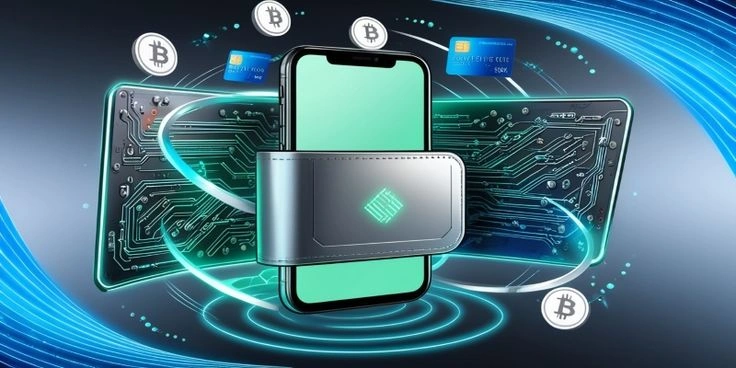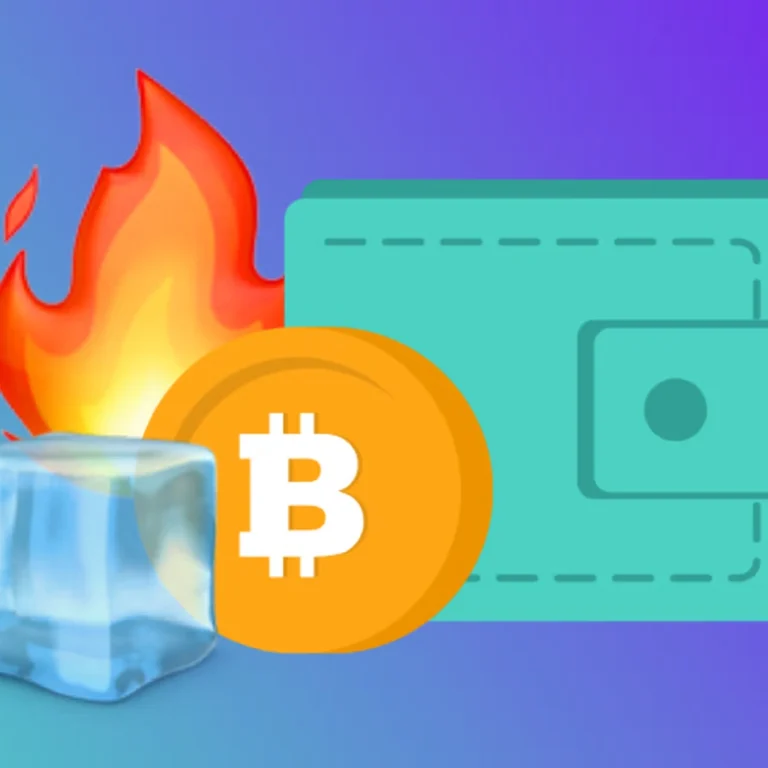Web3 fintech payment trends: The financial landscape is evolving rapidly, driven by advancements in technology and shifts in consumer behavior. At the heart of this change is the convergence of Web3 and fintech, which is transforming how payments are made, assets are held, and services are delivered. These developments go beyond buzzwords—they represent a real shift in the way financial systems are designed and used.
For professionals, businesses, and curious consumers alike, understanding these trends is essential to staying informed in the digital economy.
Web3 fintech payment trends: What Is Web3, and Why It Matters in Finance


Web3 refers to a new iteration of the internet based on decentralized technologies, primarily blockchain. Unlike the centralized nature of today’s web platforms, Web3 prioritizes user ownership, transparency, and control over data and assets.
In the fintech context, this means creating systems where individuals can send, store, borrow, and invest money without needing a traditional financial institution as an intermediary. These platforms rely on smart contracts, which are self-executing code that runs on blockchain networks.
A significant innovation in this space is Decentralized Finance (DeFi), which enables peer-to-peer financial services such as lending, borrowing, and earning interest—without traditional banks. While the concept offers greater accessibility and efficiency, it also introduces challenges such as security vulnerabilities and regulatory uncertainty.
1. Key Web3 Fintech Payment Trends to Watch


Several innovations are gaining traction and changing how payments are handled:
Token-Based Transactions
Cryptocurrencies and stablecoins are increasingly being used for everyday payments. Platforms like Solana Pay and Ethereum-integrated wallets (e.g., MetaMask) are making this process more seamless and secure.
Embedded Crypto Wallets
Web applications are now integrating crypto wallets directly into their platforms, reducing friction for users and removing the need for complex wallet setup or long cryptographic addresses.
Cross-Border Payments
Web3 platforms are offering near-instant international transfers with significantly reduced fees compared to traditional remittance services. This development is particularly impactful for migrant workers and global freelancers.
NFTs as Payment and Access Tools
Some businesses are using NFTs not just as collectibles, but as tools for access control, loyalty programs, or prepaid credits. This allows for creative use cases in memberships and digital service access.
These innovations are still evolving, but early adoption is already visible among tech-forward companies and younger demographics.
2. Why Major Fintech Players Are Investing in Web3


Leading fintech companies are actively integrating Web3 technologies into their services. This is not just exploratory—it signals a broader industry shift:
- Stripe now supports crypto payments for certain merchants.
- PayPal allows users to buy, sell, and hold cryptocurrencies directly in their accounts.
- Mastercard is piloting projects involving crypto-backed payment cards and blockchain-based identity verification.
These companies are positioning themselves for a future where decentralized infrastructure may play a central role in global finance. By embracing these technologies early, they can shape user expectations and product offerings in a competitive landscape.
3. Challenges Facing Web3 Payments

While the opportunities are significant, several obstacles must be addressed before Web3 fintech solutions can become mainstream:
- Scalability Issues: Many blockchain networks struggle with processing high volumes of transactions efficiently, leading to network congestion and high fees.
- User Experience (UX): Crypto wallets, seed phrases, and decentralized platforms can be complex and intimidating for new users, limiting broader adoption.
- Regulatory Ambiguity: Governments around the world are still determining how to classify and regulate digital assets. This uncertainty creates legal and operational risks for businesses building in the space.
Addressing these issues will require technological innovation, public-private collaboration, and significant investment in education and infrastructure.
4. Implications for Consumers and Businesses
While the complete transition to decentralized financial systems will take time, many of the foundational elements are already being adopted today. For example:
- Some employers are experimenting with paying salaries in cryptocurrency.
- Peer-to-peer lending is occurring on decentralized platforms.
- Businesses are exploring NFTs for loyalty and membership access.
Even for users who continue using traditional banks and credit cards, the infrastructure powering those transactions may soon include Web3 components behind the scenes.
Web3 fintech payment trends: Conclusion- A Financial Evolution in Progress
Web3 fintech payment trends represent a significant shift in how financial services are conceptualized and delivered. While full-scale adoption may still be years away, the foundational changes are underway—and they are reshaping everything from payments to personal finance to business transactions.
Understanding these developments now provides a strategic advantage, whether you’re building financial products, making investment decisions, or simply planning for the future.
Relevant News: Here






